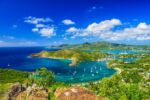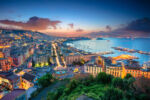21-Day Italy, Athens & Adriatic: Venice, Croatia & Santorini


Oosterdam, a Vista Class cruise ship, brings high style to the high seas with thoughtful upgrades and stunning artwork. Guests will have plenty to do on board when not taking in expansive views or stretching out in spacious staterooms.

Holland America Line, which has been sailing for 150 years, visits 400 ports in 114 countries every year. Dutch heritage shines through in some of the $4million-worth of artwork to be seen onboard, complimenting the luxurious cruise experience.
Live music remains HAL's forte, with venues including the Rolling Stone Rock room and BB King's Blues Club. For foodies, a wide range of restaurants serve the finest of fayre.

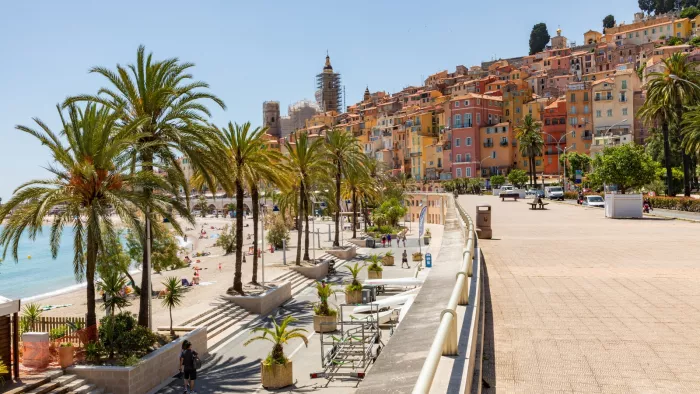
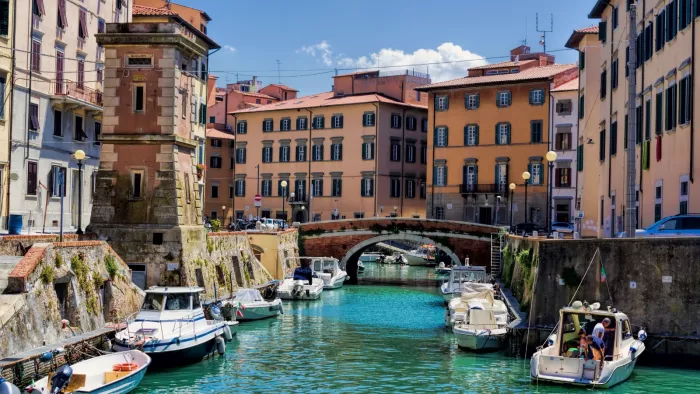
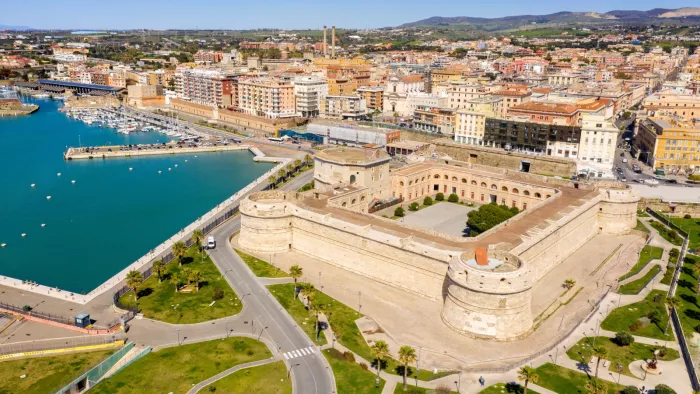
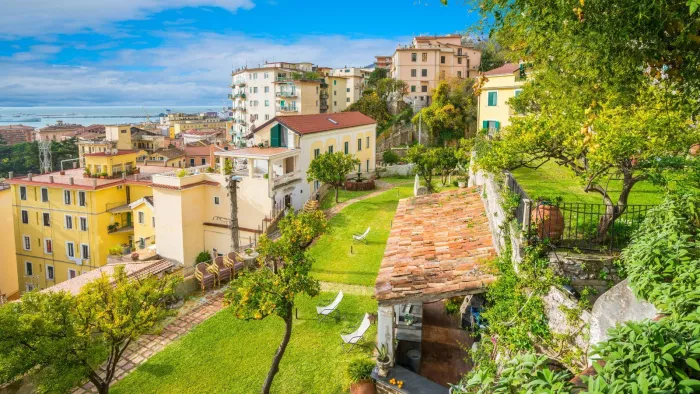
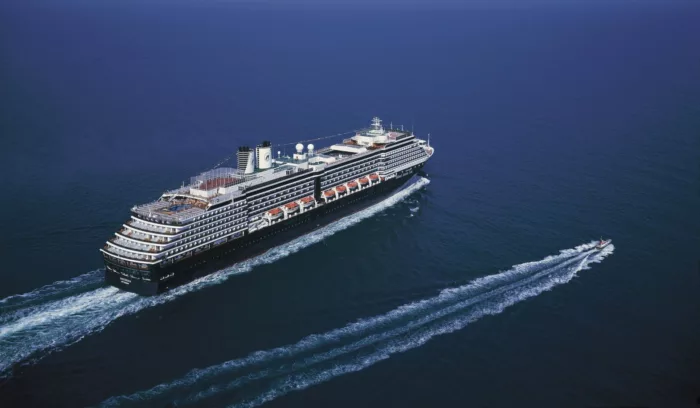



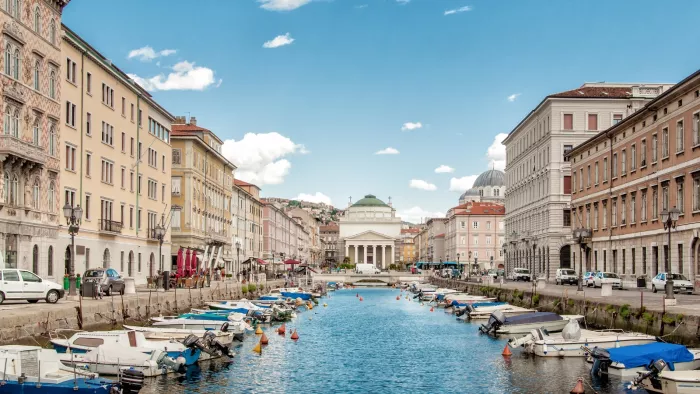


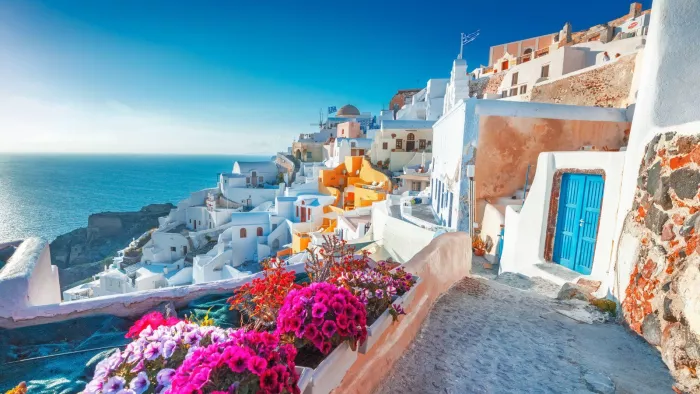
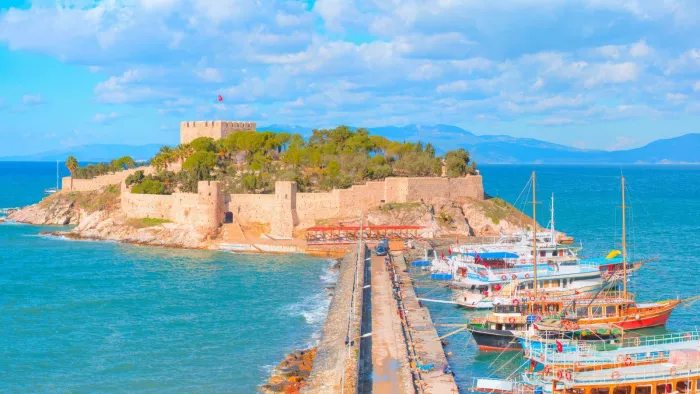
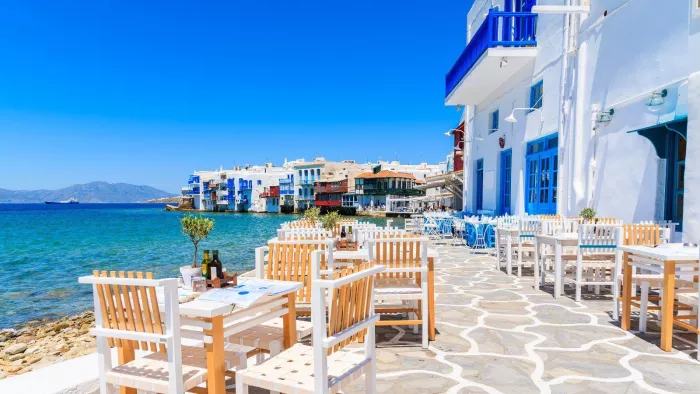
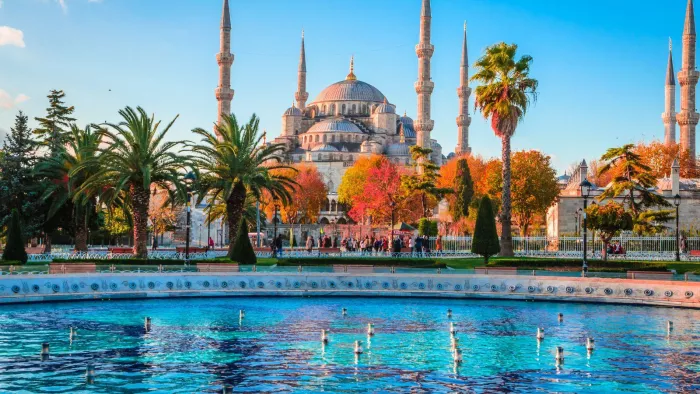



Oosterdam, a Vista Class cruise ship, brings high style to the high seas with thoughtful upgrades and stunning artwork. Guests will have plenty to do on board when not taking in expansive views or stretching out in spacious staterooms.


